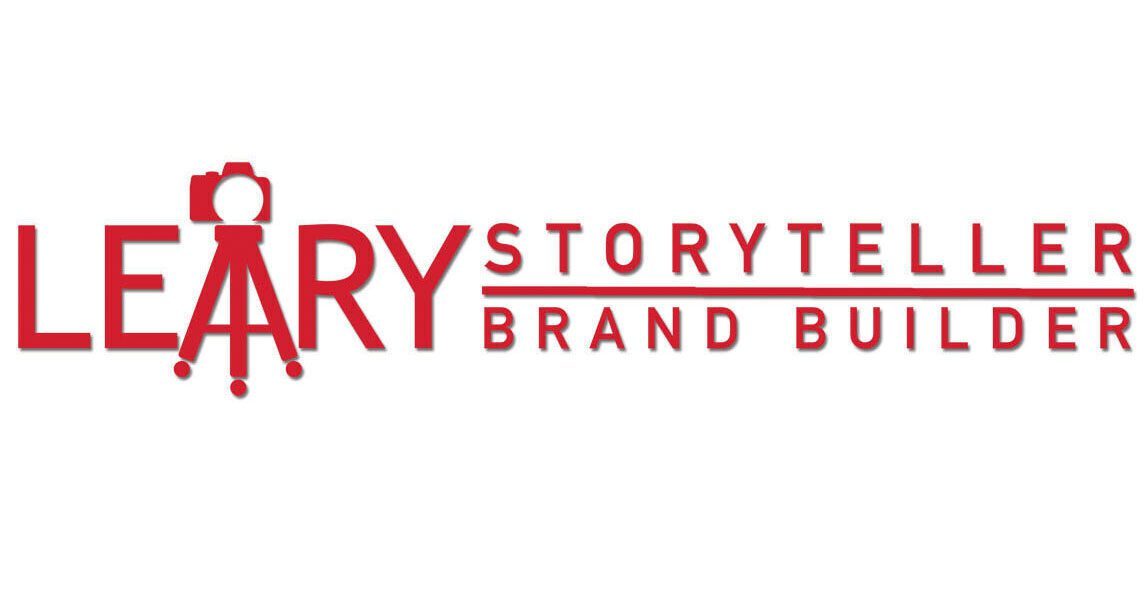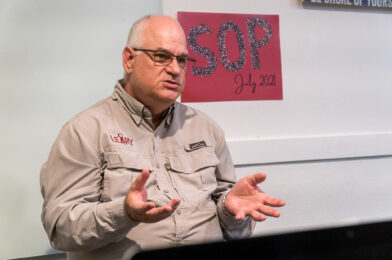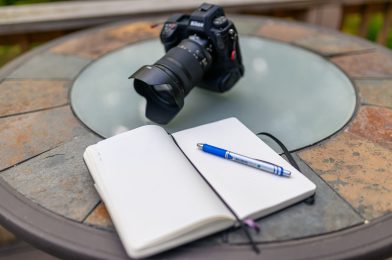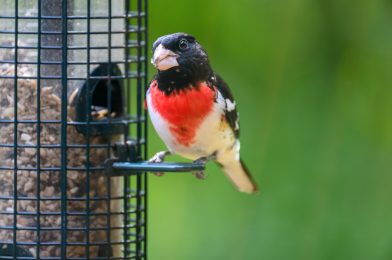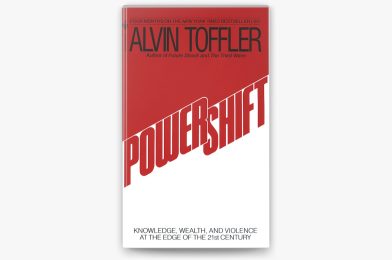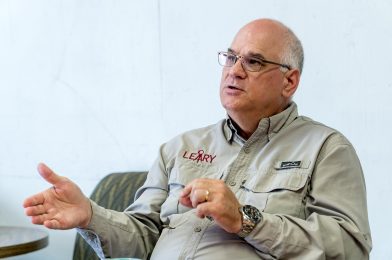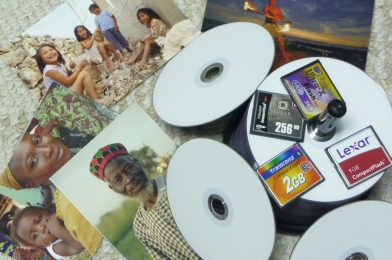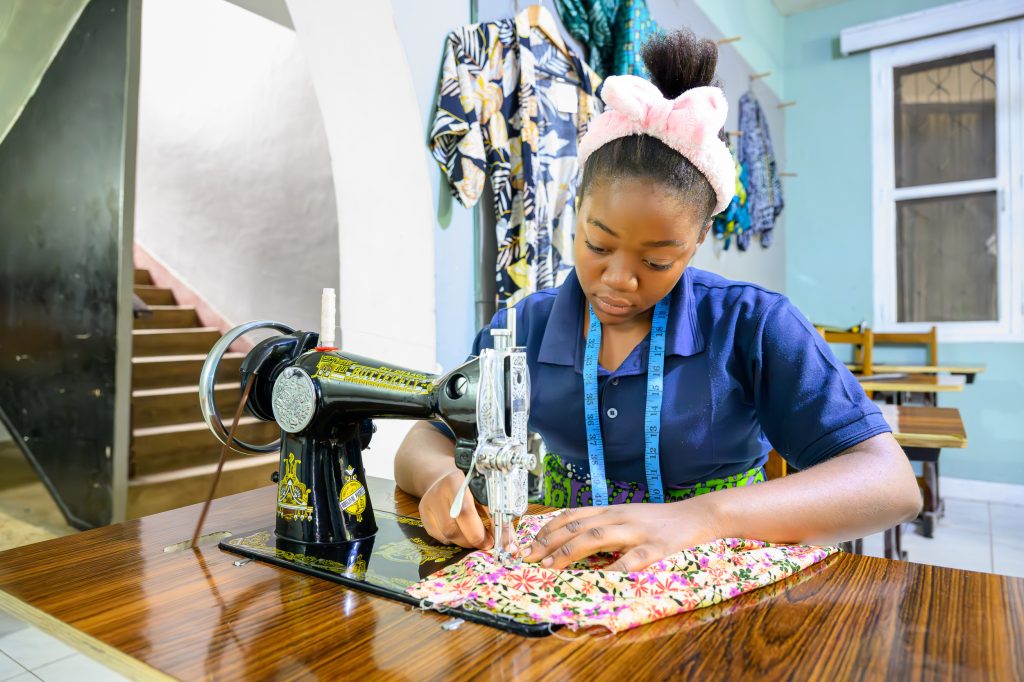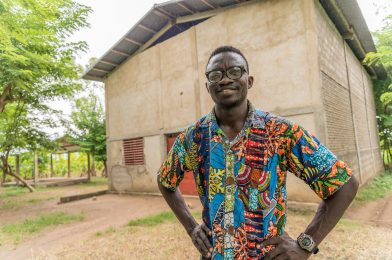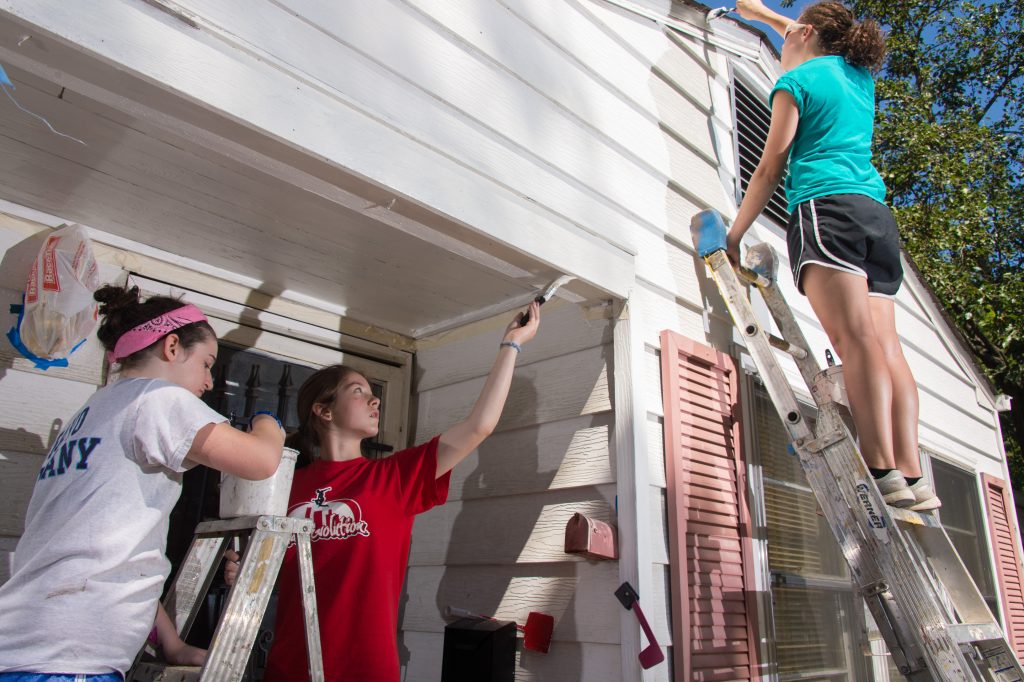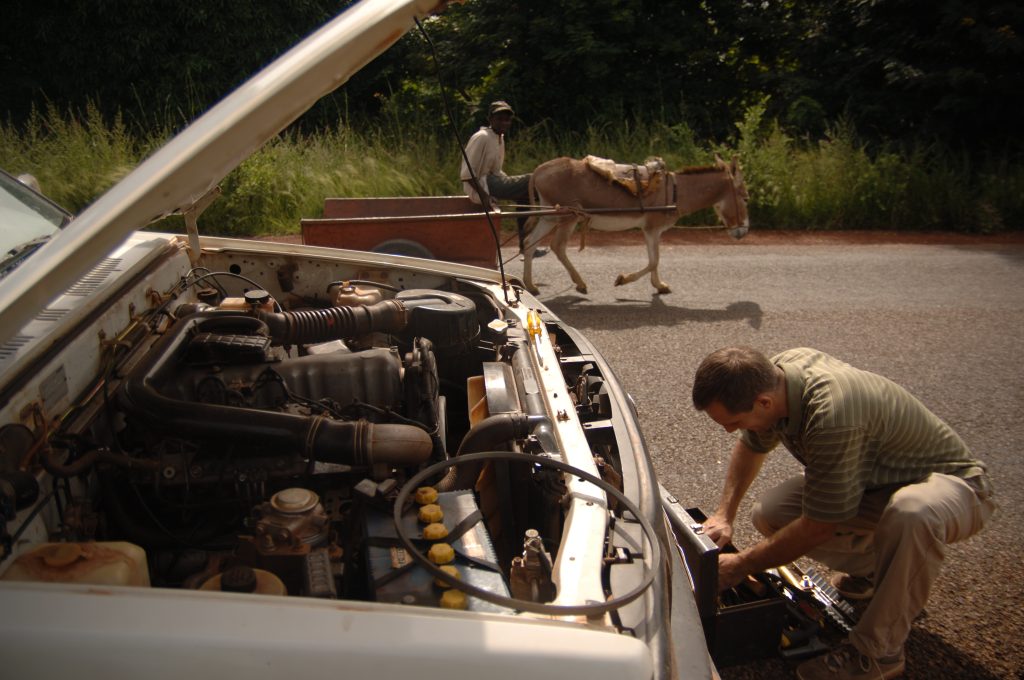Photo by Dennis Fahringer
If you’ve ever worked with me, you know I’m constantly learning. That’s not just a professional habit—it’s wired into who I am.
Being on the autism spectrum has given me a deep appreciation for order, patterns, and systems. I always looked at how things worked beneath the surface as a kid. I use that same instinct in my photography, video, and storytelling work today. Once I recognize a pattern—whether it’s how people move through a scene, how a nonprofit connects with donors, or how light transforms a subject—I can build on it, refine it, and teach it.
Over time, I’ve learned how powerful this is in a constantly changing world. Technology, communication styles, and visual trends shift fast. But when you understand the structure underneath them, you don’t get overwhelmed—you adapt, and you help others do the same.
For example, one of the most significant breakthroughs in my work came when I began to study body language. I realized that reading subtle shifts in posture or expression wasn’t just about being aware but about anticipating moments. This allows me to capture authentic emotion in real time, not just take technically correct photos. It’s what helps me tell visual stories that move people.
The same is true when I work with organizations. I don’t just show up with a camera—I show up with curiosity. I ask questions. I dig for the patterns behind your mission. I want to know what drives your team, what stories your audience needs to hear, and how to connect those dots to your larger goals. That comes from a lifetime of seeing systems where others might see noise.
Learning Empathy—and the Value of Blunt Truth
One of the biggest challenges I’ve faced as an autistic person is learning how to read people emotionally. I’ve always been aware that it doesn’t come naturally for me to pick up on subtle emotional cues or to instinctively respond with empathy in the moment. It’s not that I don’t care—it’s that I often have to pause, study, and think my way through what others pick up intuitively.
Growing in this area has taken years of intentional effort, and I’m still learning. But here’s what I’ve discovered: because I’ve had to work at empathy, I now approach people with a more profound respect for their stories. I ask more questions, listen more closely, and do my best to communicate that I’m in your corner.
That said, sometimes I come across as blunt. I speak directly. I say what I see. For some, that’s surprising. But for many of my clients, that’s also why they trust me. I won’t sugarcoat or sell you something that doesn’t serve your story. If I see a better way, I’ll say it—not to criticize, but because I want you to succeed. I’ve learned that clarity, paired with compassion, is a powerful combination.
This is Why I Do What I Do
I’ve realized that what once made me feel different is my greatest strength. Being on the autism spectrum means I notice things others may miss. I look for the rule behind the moment, and once I find it, I can build something meaningful from it. That’s why I’m so passionate about storytelling. It’s how I make sense of the world —and help others do the same.
So if you’re looking for someone who brings skill and deep attention to the “why” behind your story, I do that. And it’s not just work—it’s how I’m wired.
